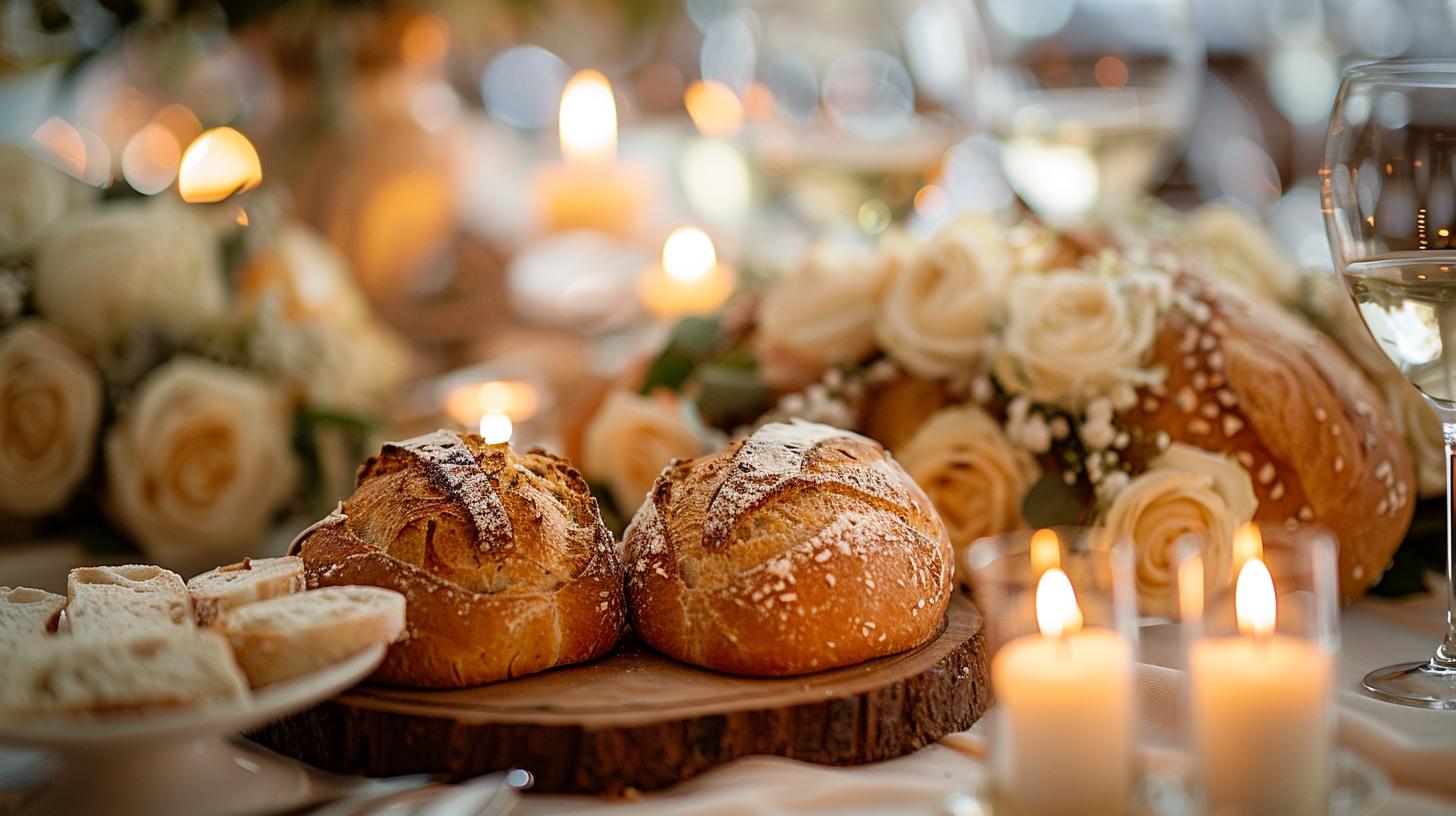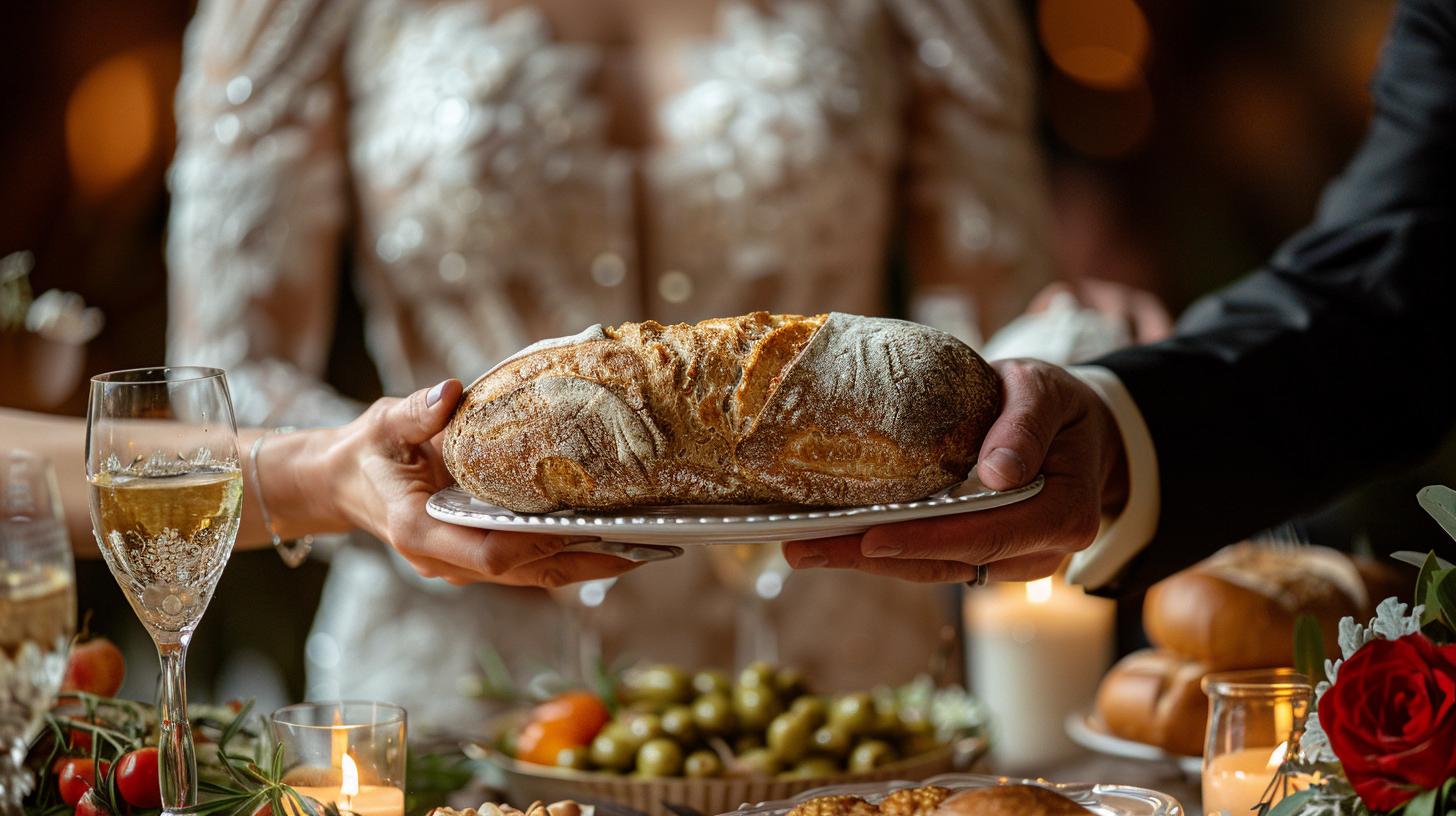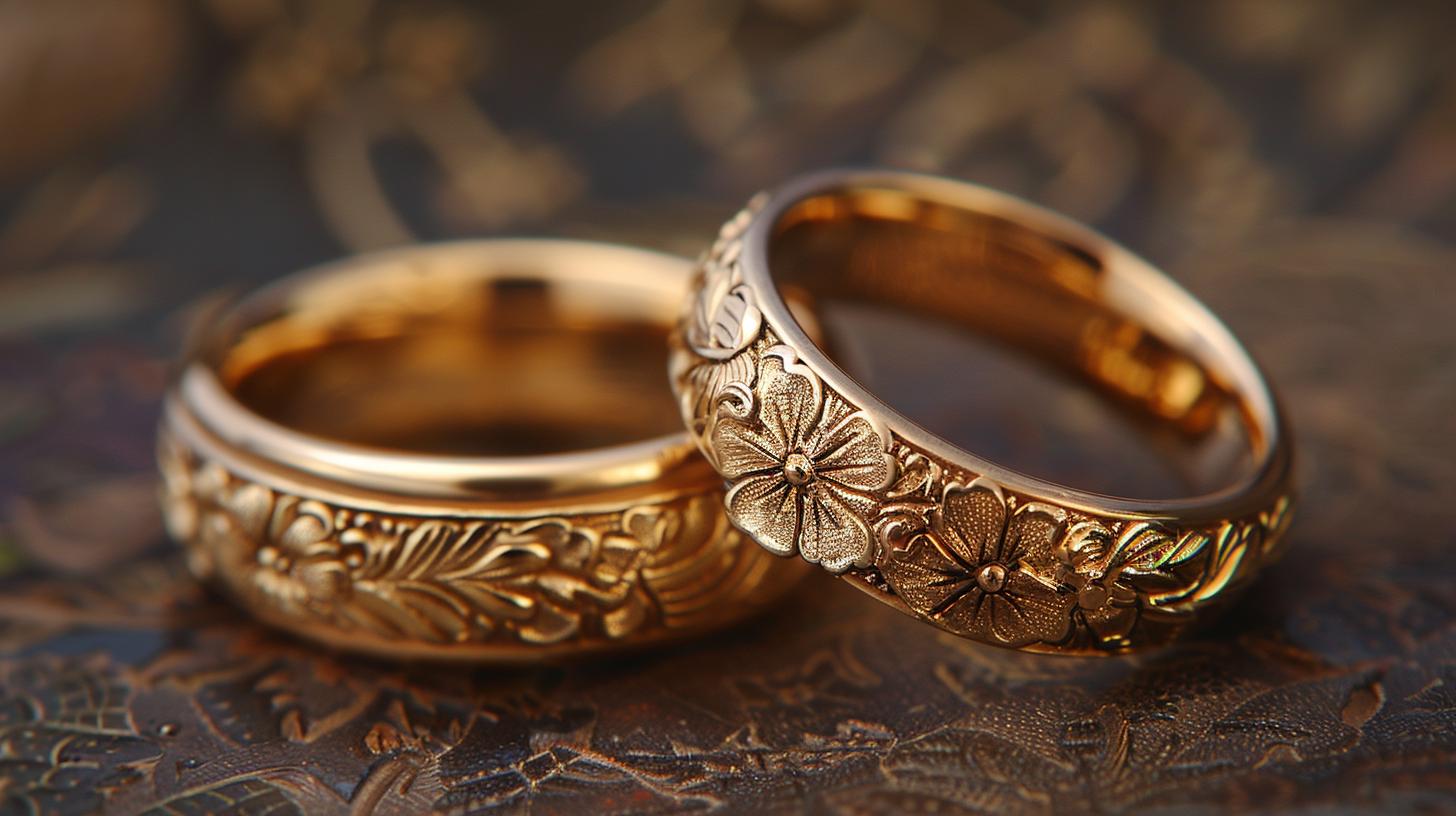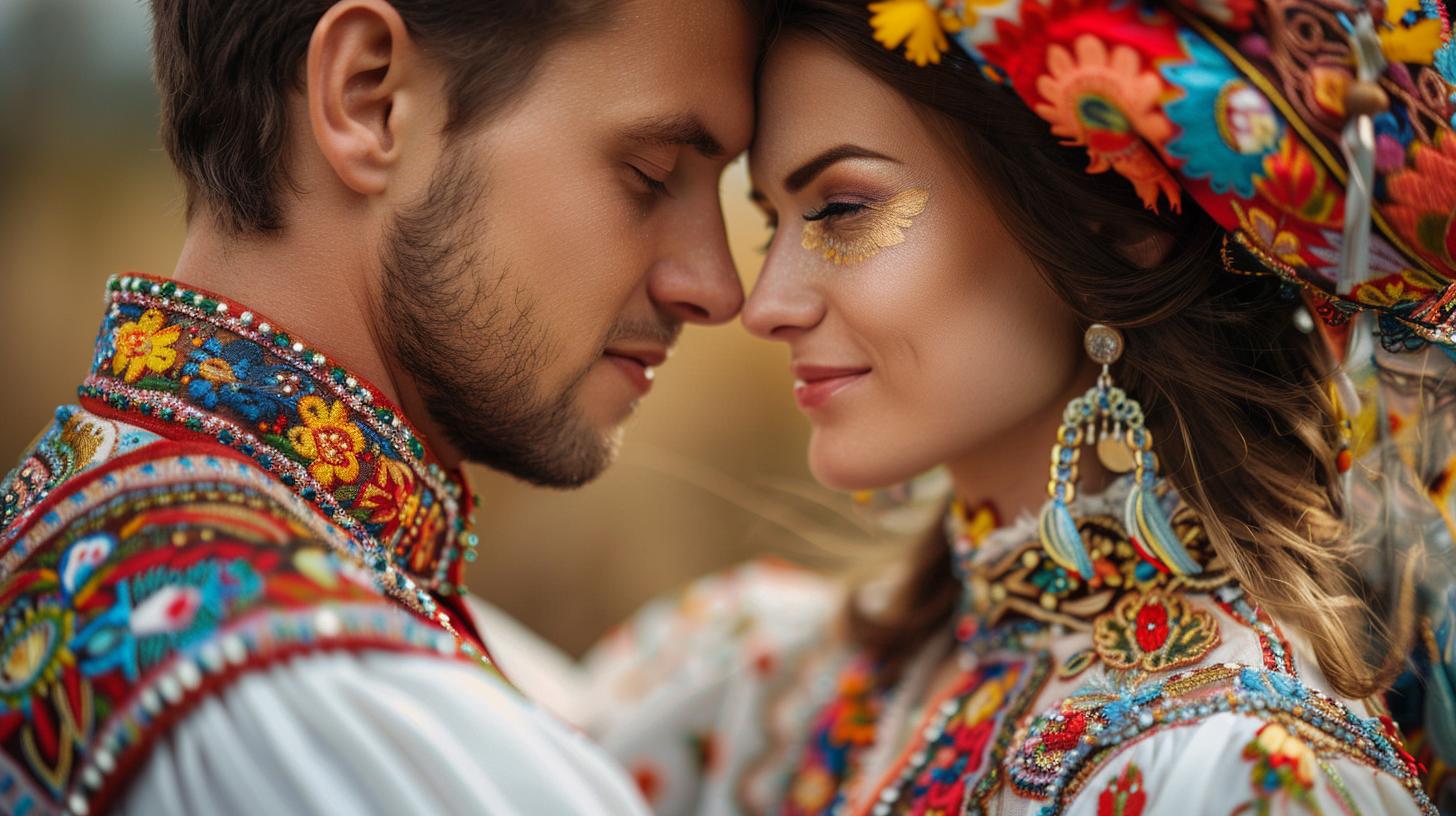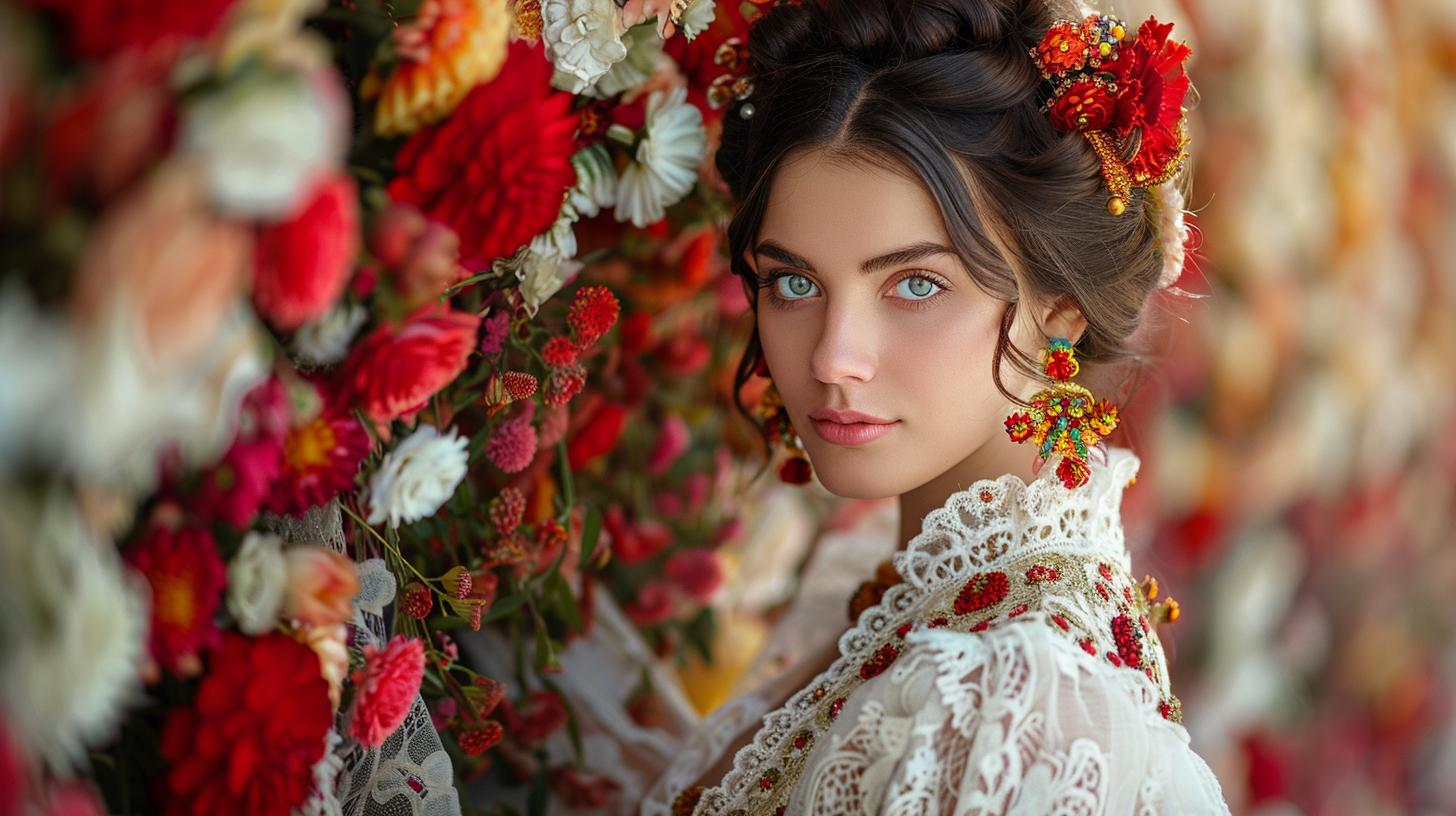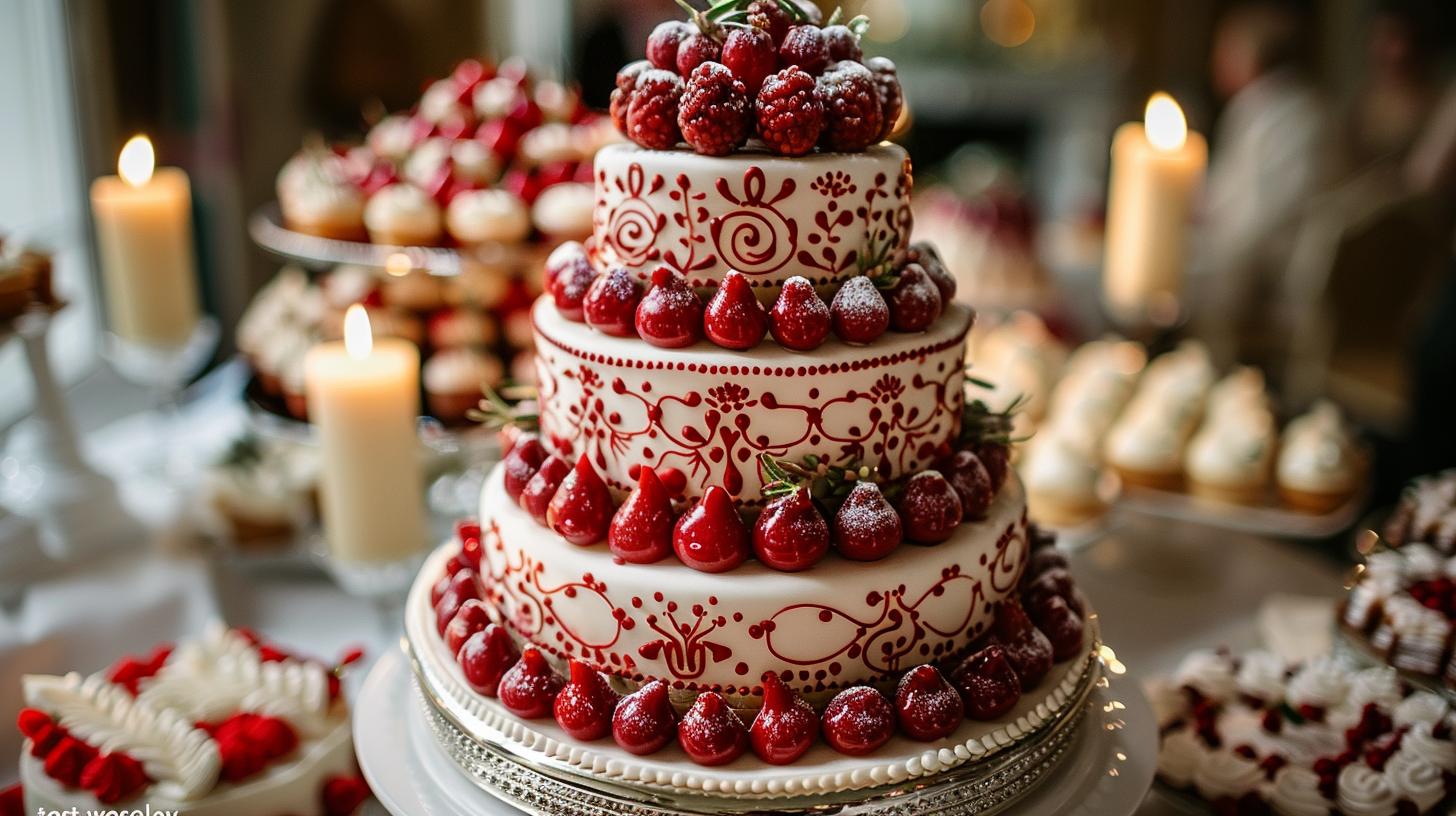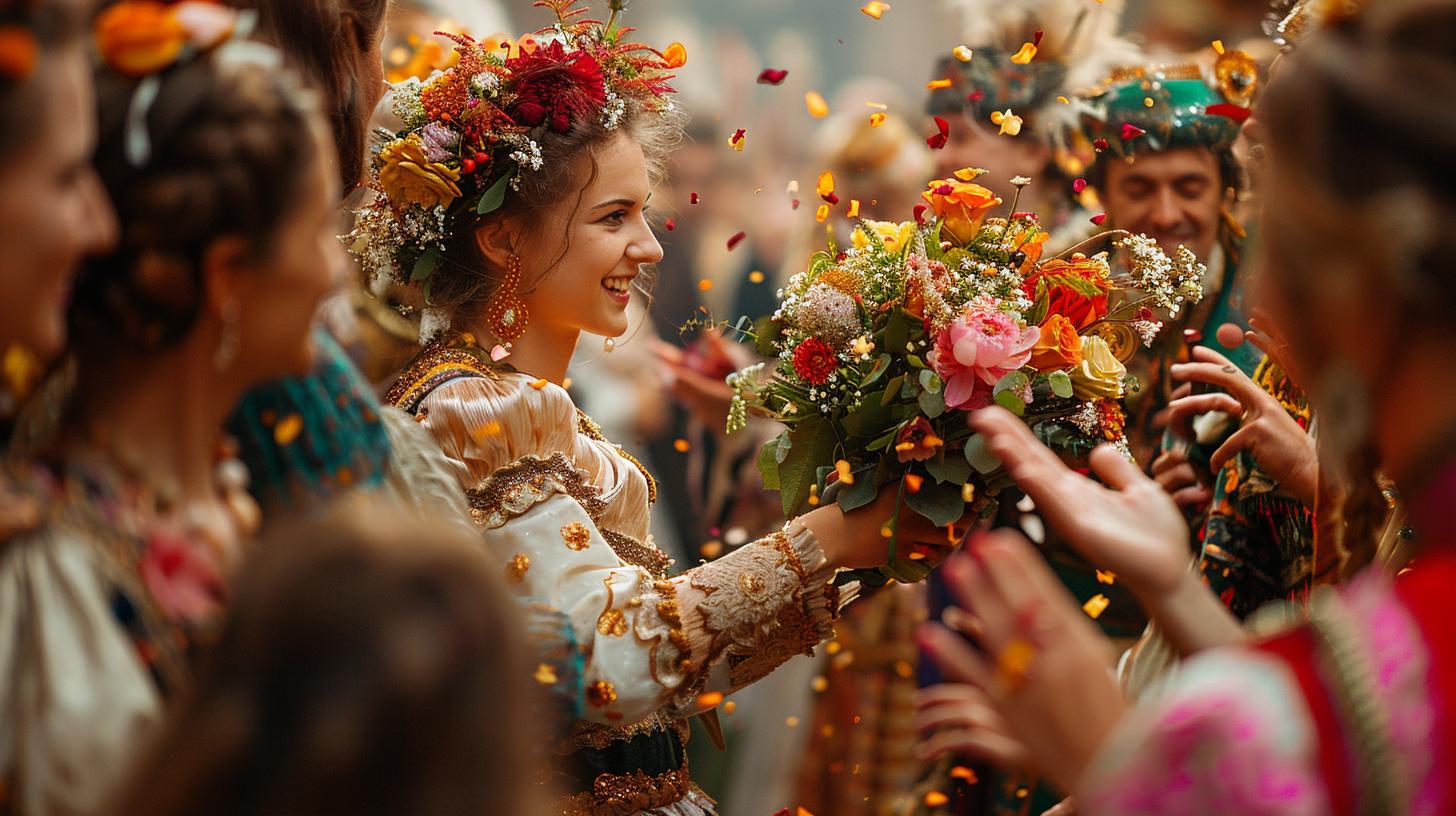Polish Wedding Tradition With Bread Salt And Vodka: A Unique Celebration of Love and Heritage
The Polish wedding tradition of Bread, Salt, and Vodka is a beloved custom that symbolizes blessings and well-wishes for the newlywed couple. Originating in Eastern Europe, this ritual is a meaningful way to honor cultural heritage and create a memorable wedding celebration.
The bread and salt tradition is particularly important, as it showcases the values of hospitality and abundance that are central to Polish culture. In many parts of the world, similar rituals are practiced, but the Polish bread and salt blessing holds a unique place in the hearts of those who participate in it.
The Significance of Polish Wedding Traditions
Polish wedding traditions are deeply rooted in history and culture, with each ritual holding special meaning for the newlywed couple and their families. Among these traditions, the Polish wedding blessing, which includes the sharing of bread, salt, and vodka, represents a warm welcome for the couple as they step into their new life together.
This custom is not only a celebration of love but also an expression of the community’s support, where the guest right is to share in the joy of the occasion.
Origin and History of the Tradition
The tradition of Bread, Salt, and Vodka in Polish weddings dates back centuries, originating in Eastern Europe and symbolizing blessings for the couple’s future together.
This custom is also shared by other cultures, such as the Russians, who greet their guests with similar offerings, emphasizing the universal values of unity and hospitality. Why Russians and Poles both incorporate these elements into their weddings can be traced back to the historical connections between the cultures, where the salt and bread tradition serves as a bridge between their past.
Symbolism of Bread, Salt, and Vodka
The bread represents sustenance and abundance, ensuring that the couple never goes hungry in their life together. Salt, which is a crucial ingredient in many meals, serves as a reminder that life has its challenges.
Salt is also believed to symbolize durability and preservation in relationships, teaching the couple to endure hardships with grace. Vodka symbolizes health, joy, and the warmth of friendship that the parents wish for the newlyweds.
In this context, the phrase “polish wedding traditions bread and salt and vodka” captures the essence of this rich ritual, reminding us that these symbols are not merely items but rather the foundation of a successful marriage.
Importance of Honoring Cultural Heritage
By incorporating the tradition of Bread, Salt, and Vodka in modern weddings, couples pay homage to their Polish roots and carry forward the legacy of their ancestors. It serves as a poignant reminder of the value of family, love, and tradition in a marriage.
In fact, the salt and bread tradition is essential for creating a sense of belonging and continuity, linking the couple to their past while they build a wonderful life together. There are many moments during the ceremony where the couple and their families reflect on the significance of these traditions, creating a deeper connection to their heritage.
The Ritual of Offering Bread, Salt, and Vodka
The tradition of presenting bread, salt, and vodka at a Polish wedding holds deep significance for the newlywed couple and their families. This ritual, rich in symbolism and tradition, is a cherished moment that captures the essence of love, prosperity, and unity.
The loaf of bread is often beautifully decorated, showcasing the artistic elements of Polish culture and serving as a focal point during the ceremony. For many families, this moment is not just about the meal that they share but also about the memories that are created together.
Parents’ Role in Welcoming the Newlyweds
Parents play a central role in the wedding festivities by welcoming the newlyweds with open arms and these symbolic gifts. As the couple arrives at the reception, the parents offer the bread, salt, and vodka as a gesture of best wishes for their future together.
This heartfelt tradition marks the beginning of a new chapter in the couple’s life, where the support of the family is paramount. The guest right then is to partake in this ritual, highlighting the importance of community support in marriage, as it is believed that the more love and blessings the couple receives, the stronger their union will be.
Sharing the Bread and Salt
The symbolic act of toasting with vodka is a moment of celebration and joy, where the couple and their parents raise a glass to the future. This gesture conveys the parents’ hopes for the couple to lead a life filled with happiness, good health, and enduring friendships.
The blessings bestowed during this toast echo the deep-rooted values of family, tradition, and commitment, reminding everyone present that the salt together signifies unity and strength. After the toast, the couple’s journey is celebrated, and there are often traditional songs and dances that reflect the rich Slavic culture.
Incorporating the Tradition in Modern Weddings
In modern weddings, the traditional Polish ritual of offering Bread, Salt, and Vodka can be adapted to suit contemporary celebrations. Couples today are finding creative ways to personalize this meaningful tradition, making it a unique and memorable part of their special day.
For instance, incorporating sweet breads and other local delicacies can enhance the experience for the guests with diverse tastes and preferences. The end goal is to make the celebration not only a reflection of their love but also a representation of their families’ traditions.
To learn more about traditional Polish wedding cakes, you can explore the various options available.
Adapting the Ritual for Contemporary Celebrations
When incorporating the Bread, Salt, and Vodka tradition into modern weddings, couples have the opportunity to put a modern twist on this ancient ritual. They may choose to display the items in a more stylish or artistic manner, creating a visually appealing centerpiece that reflects their personal taste and style.
This one-of-a-kind display can serve as a conversation starter among guests, allowing them to share their own experiences with similar traditions. The end result is a celebration that honors the past while embracing the future, bridging the gap between traditional customs and contemporary celebrations.
Personalizing the Tradition for the Couple
One of the beauties of incorporating the Bread, Salt, and Vodka tradition in modern weddings is the ability to personalize the ritual to reflect the unique characteristics and values of the couple.
The tradition can be quite expensive and may require careful planning. Some may opt to use artisan bread or flavored salts, while others could choose to infuse the vodka with special ingredients or flavors that hold significance for them.
In many cultures, salt and bread are staples, with the salt and eat ritual symbolizing hospitality and warmth. Guests with bread and salt often greet guests with a warm welcome, embodying the spirit of togetherness and hospitality.
Creating a Memorable and Emotional Moment
By infusing the Bread, Salt, and Vodka ritual with personal touches and modern flair, couples can create a truly memorable and emotional moment during their wedding. This tradition becomes not only a symbol of heritage and blessing but also a reflection of the couple’s love, commitment, and individuality, making it a highlight of the celebration.
The meaning behind this act is profound, as it intertwines religion and cultural heritage, showcasing the couple’s journey, especially since the couple often shares stories about their backgrounds, making the celebration richer and more meaningful.
In many cultures around the world, the act of bringing bread and salt to the table signifies a promise of friendship and loyalty. When the ceremony begins, the host often presents the bread and salt, inviting the couple to partake in the ritual.
This moment and try to connect with the roots of the tradition, as it goes beyond just a simple act; it is deeply embedded in cultural practices, especially within middle eastern customs where salt plays a significant role in daily life.
After the ceremony, guests often share in the tradition, and something went wrong can happen, leading to laughter and joy, as the couple reflects on their journey together. You can have fun with the ritual by adding unique elements that resonate with the couple, like infusing the vodka with local flavors or personal touches that reflect their love story.
The next time you witness such a celebration, you can also appreciate the nuances and the traditions that make each event unique.
In special occasions like weddings, the practice of salt tax is often discussed, as it signifies the importance of salt in various cultures and how it has been a part of their histories.
The guest right to participate in this tradition is a privilege, creating lasting memories that echo through the years. As russians greet guests with bread and salt, they embody the warmth and hospitality that this tradition represents.
Why russians greet in this manner is rooted in their cultural understanding of what it means to welcome someone into your home, creating bonds that last a lifetime.
Ultimately, the ritual is not just about the elements on the table but about the connections forged between the couple and their guests. You can also see how the act of sharing bread and salt together with loved ones enhances the experience.
In conclusion, the Bread, Salt, and Vodka tradition continues to evolve, allowing couples to personalize their weddings while honoring their heritage. So, the next time you are invited to a wedding, remember the significance of these elements and how they bring people together, enriching the experience for everyone involved.

